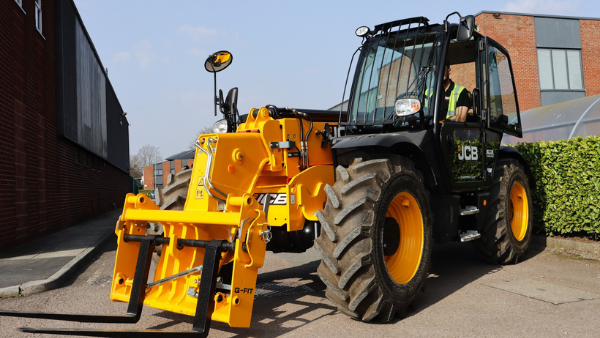Benefits Of Hiring A Telehandler.
One of the most highly underrated pieces of plant equipment is the telehandler. Whilst mainly used throughout the agricultural sector, telehandlers have become an essential feature within several other industries. This article will cover everything you need to know, including the benefits of hiring a telehandler for your project.
What is a telehandler?
A telehandler is a four-wheeled hybrid of a mix between a forklift and a crane. It can manoeuvre over rough terrain and lift large capacities to significant heights. Telehandlers have an extendable boom that can elevate to around 14 metres (depending on make and model). These booms are fitted with attachments such as forks you would find on a forklift.
The extendable boom of telehandlers can elevate up to 70-degrees, providing a crane-like function. The maximum weight lifted is determined by a mix of factors such as boom extension, angle, the type of attachment and wind speed.
History of the telehandler
A Telehandler was originally called a ‘telescopic forklift’ and was designed by JCB in 1977. The first machine that JCB produced was a two-wheeled design called 520 Loadall Telehandler. The market for the 520 Loadall was so immense that 12 months later, JCB constructed a 4-wheel model as well.
Several large plant manufacturers produce their own telehandler designs, such as CAT, BOBCAT and Manitou. All of which offer slightly different technologies and advantages to the operator. Telehandlers are most commonly known these days for their diversity in manufacturing and construction.
What are the benefits of hiring a telehandler?
Versatile
Telehandlers offer a wide variety of uses to the operator. With the ability to change the attachment on the machine, they can be used as a crane for one task, or a forklift for another. Operators can attach skips or even snow ploughs to them. Making telehandlers one of the most versatile pieces of equipment available.
High load capacities
Telehandlers can lift very heavy loads to extreme heights. They are far stronger and more portable than cranes and forklifts of a similar size. The flexibility of the telehandlers boom allows an operator to navigate large load capacities into the smallest of spaces at height. Ideal for moving materials from the ground to working platforms on buildings.
Emissions
Telehandlers can be used in multiple sectors of agriculture and construction. Most brands and designs of telehandlers are installed with the latest technology in fuel efficiency. Make sure that if you are working towards a net-zero emissions goal, you choose a machine with at least a stage V emissions rating. Alternatively, there is the option to choose an electric model.
On/ off-road driving
Telehandlers can be driven on the road and off it. Even though they are fitted with all-terrain heavy-duty tyres, they can be registered to be road driven. This makes them ideal for transporting loads not only over the toughest of surfaces but from site to site. Making them very desirable for all construction, agricultural and other industries.
Sizes of telehandlers
Telehandlers come in a range of sizes to fit all projects. The smallest machine available on the market reaches about 4m. The largest can lift more than 14m. This gives users a wide source of options when hiring a telehandler.
Brands such as JCB, CAT and Manitou all have their specific designs and features. However, the most common sizes of telehandler you can expect to see are:
- 6m, designed for compact sites
- 9m, ideal for construction or agricultural uses
- 14m, large-scale construction
Three tips on choosing the right telehandler
Before hiring a telehandler, you are best asking yourself these few questions:
What are you planning to lift and where?
Depending on what you and your team intend to be lifting, you can accurately select the lifting weight capacity you require. It is also best to have a clear idea of the extent of the height you wish to lift to.
You may find yourself requiring a slightly larger machine which offers greater lift capacity at the height you intend to be working at. Underpowered or insufficient machinery can lead to accidents or potential injury to staff.
Are there any accessories or features you may need?
Different machine dimensions, emissions levels, or even attachments may essential to completing your task. Not only does a telehandler offer a vast range of attachments, but as the machine is itself is extremely versatile, finding the exact one for your project isn’t difficult.
One of the most popular features of telehandlers is that they can be used on public highways. Not all telehandlers are registered for use on public highways, therefore check with your plant hire specialist beforehand.
Do you require training?
You don’t formally need to require training to use a telehandler on private land. However, if you intend to use a telehandler for business or on a construction site, you are required by HSE to hold NPORS or CPCS Plant operator’s card. Failure to produce a valid licence may result in significant fines. It may also void your business insurance.
Attachments for telehandlers
As we have already learnt, telehandlers are a valuable piece of equipment for most sectors of construction, agriculture and other industries. One of the largest advantages of using a telehandler is its flexibility and ability to use multiple attachments.
Attachments for telehandlers can be broken down into 5 main categories:
- Buckets- Grapple, material, pipe grapples.
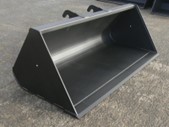
- Carriages- Dual fork positioning, side shift and side tilt/swing carriages.
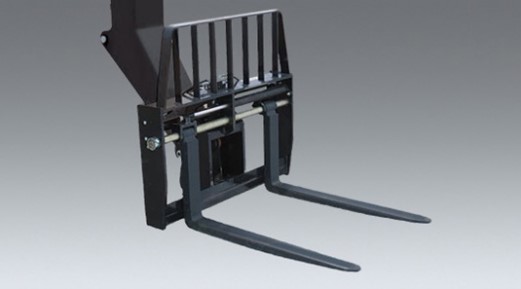
- Forks- Cubing, fork extensions and lumber forks for timber processing.
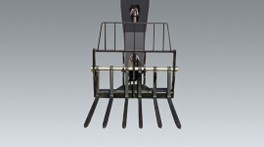
- Platforms- Fork mounted platforms to lift works.
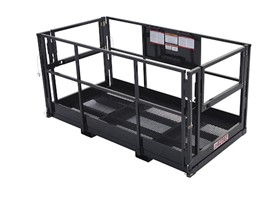
- Specialized- Lifting hooks, sweepers, snowploughs, and truss booms for construction.
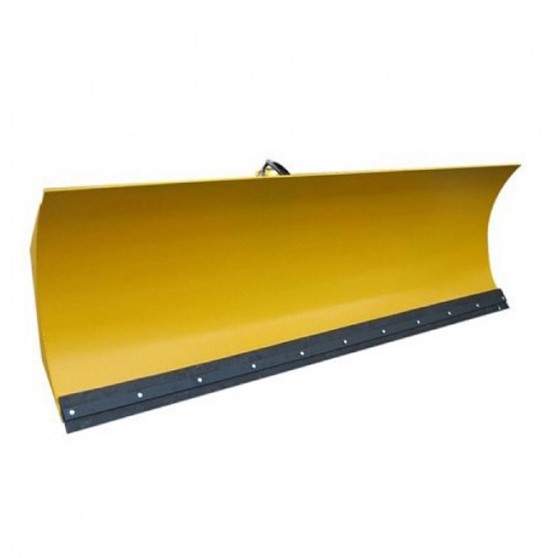
Where can you hire a telehandler?
At WHC Hire, our team of experts have been supplying the latest telehandlers available on the UK market for over 20 years. With regular investment into the quality of our fleet, we are able to bring all our customers the finest and most fuel-efficient plant machinery at affordable prices. Our latest stage V telehandler collection allows all our customers to remain as economical as possible during their long or short term projects.

